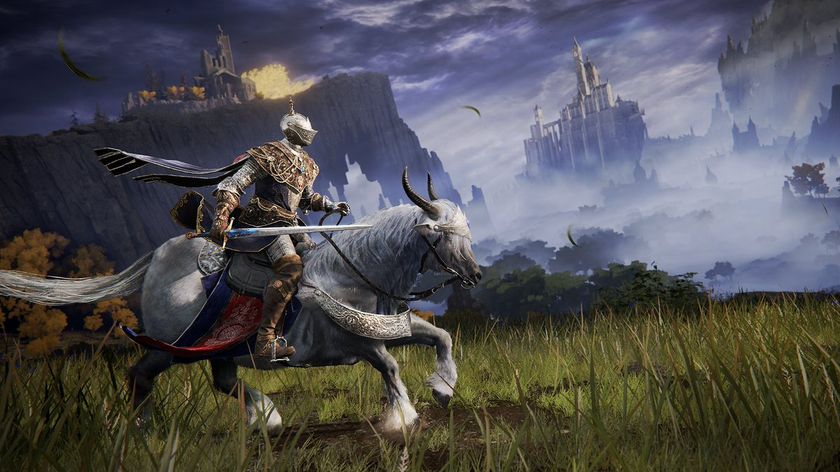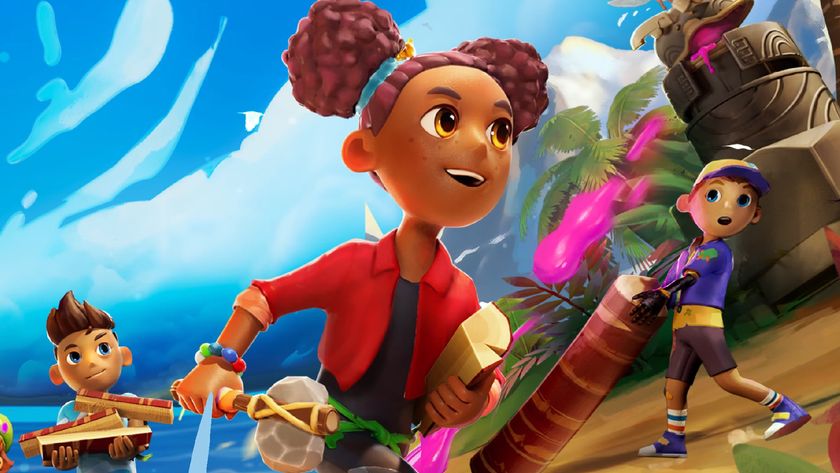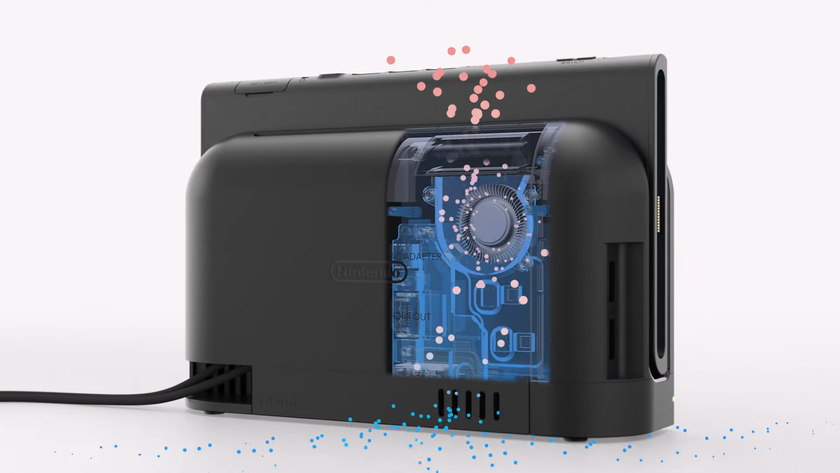25 reasons we love the Game Boy, 25 years later
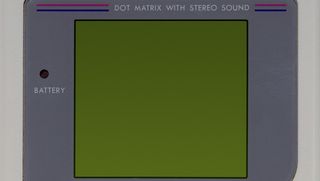
Now youre playing with portable power
Earlier this week, the Game Boy turned 25--meaning it's older than approximately half of the people currently reading this. Back then, we didn't have high-definition graphics, LED screens, or 3D sliders. We had greyish-green pixels, and we liked it. That 160x144 pixel screen (yes, that's the resolution) displayed some truly great games, from Tetris to Pokemon to... a surprisingly good version of Tomb Raider.
But there's more to a console than its software. We wouldn't still be talking about the Game Boy, 25 years later, if all there was to say was "there were some alright games on it." The Game Boy was a cultural phenomenon, and there's plenty to reminisce about as we celebrate its anniversary.

The intro screen
Boot screens became more colorful and complicated over the years, but there's something mystifying about the Game Boy's. The slow drop, the stop, the signature beep; it was magical. In a time when handheld computing was a thing of wonders (remember, you didn't have a cellphone in the early '90s), the Game Boy's boot-up was an affirmation that--holy hell--this thing worked!
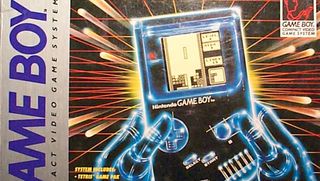
The first box
You might look at that box and think, "Yeah, that makes sense, because Tron was popular," but Tron came out nearly a decade before Nintendo decided to put translucent, blue hands on the cover of the Game Boy box. But you know what? It didn't matter. It's incredibly charming, even if it shows a black Game Boy that doesn't actually look all that much like the one in the box.
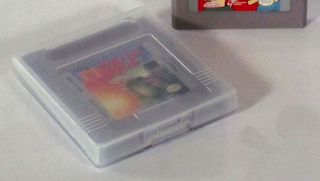
The plastic game cases
I totally forgot that these came with every game. Honestly, I thought you had to buy them at KB Toys or something, but, no--they came packaged with all Game Boy games. They kept your games safe, letting you toss 'em around without fear. Also, there's still at least five of them in your childhood home (two of which are under a couch).
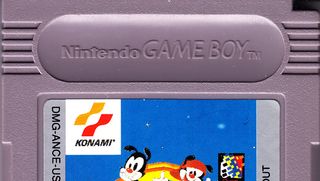
The smooth divot in the cart
3DS and Vita cartridges are so small. Just little squares with exposed circuitry. That's it. There's no finesse; no style. The original Game Boy carts, on the other hand, were all style. And the crux of the design was the divot, which not only made them look cool (cooler than a doofy Atari cart, at least), but made them easier to remove from the system.
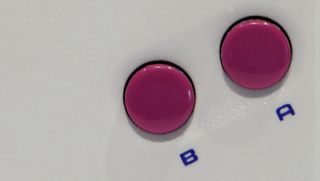
Those pink buttons
Nowadays, everything's so sleek and futuristic. The 3DS' buttons are small, and match the color of the system you're using. But the Game Boy was different. For whatever reason, Nintendo opted to make the buttons pinkish-purple. Why? No idea. But it stood out, and made it look more like a toy--which was good, in a time when gaming wasn't really established as a bonafide hobby yet.
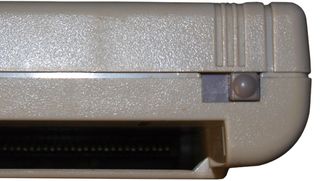
Flipping the power switch
Know what's not satisfying? Touch-sensitive buttons. Turning on the Xbox One or PlayStation 3 feels anticlimactic. The same goes for holding down the little power button on the Vita, and sliding up the weird slide power thing on the 3DS. The Game Boy kept it simple: you turned it on like a light switch. It made you feel like you were playing with power.
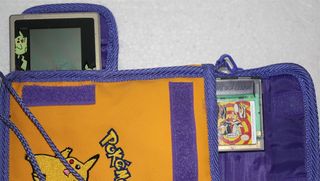
Your personal way of storing it
"Portable" was sort of a misnomer--though the Game Boy didn't need to be plugged into a TV, it was still pretty darn big. That meant you'd need some way to carry it when you weren't playing it, and every kid had their own method. I spent a while lugging it around in a Ziploc bag before getting a tiny backpack that could fit the handheld and a dozen games. And still, every time I went into Toys 'R Us, I'd spend a few minutes trying to convince my parents that I needed a new case.
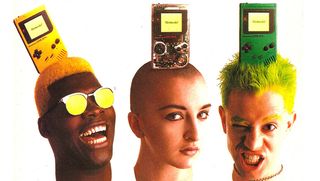
You could Play It Loud however you wanted
If someone mistakenly leaks a picture of a new Vita color, there's a 9,000-page post on NeoGAF talking about how amazing it looks. People love alternate colors for handhelds, and that love is likely rooted in Game Boy nostalgia. There were DOZENS of different colors available, letting you pick the Game Boy that best represented your haircut (according to that ad, above).
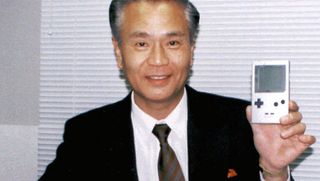
The genius of Gunpei Yokoi
Names like Shigeru Miyamoto and Satoru Iwata pop up often when discussing Nintendo, but not enough attention is paid to Gunpei Yokoi, one of Nintendos top engineers for almost four decades. The Game Boy is a masterpiece of the late Mr. Yokoi's design philosophy. It repurposed simple tech, married it to a clean design, and let the content bring people to the system. As the Game Boy outlasted flashier machines, Yokoi and his R&D team kept the system strong; he also headed up design on most of the early games, including Super Mario Land. Its hard to imagine the Game Boy even existing without Yokoi, so his impact on the machine should not be understated.
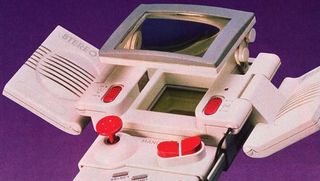
All the attachments (especially the bad ones)
It's funny how, in the years since the Game Boy, every developer has tried to find weird ways to let you customize your systems. Faceplates, alternate colors, specialized boot screens--you name it, someone has tried it. The Game Boy, on the other hand, was heavily moddable in a useful way. Mine? I had what was tantamount to a giant magnifying glass hovering over my screen. I felt like Dr. Frankenstein every time I played Revenge of the 'Gator.
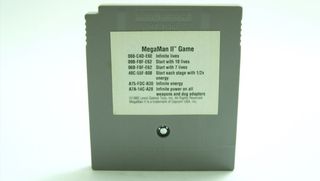
Those Game Genie stickers you put on the back of your games
Speaking of attachments: What kid didn't own a Game Genie for the original Game Boy? The act of actually inputting a code required you to type in a dozen or so random numbers if you wanted to turn on invincibility in Super Mario Land. That's where the stickers came into play. Slap one on to the back of your handheld, and you had a permanent reminder that, at one point in your life, you were cool with being a cheater.
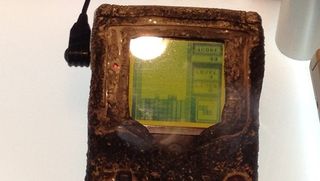
It was near indestructible
Ever drop your phone? Or your 3DS? Or Vita? If so, I bet you remember it, and there's likely a big scratch or crack in the screen to constantly remind you. What about your Game Boy ever drop it? Probably--but odds are it didn't leave a scratch. The Game Boy was strong as hell--so strong that one survived battle damage in the Gulf War. Brutal.

Kids and parents alike played it
Nowadays, everyone's a gamer--but it took a while for things to get like that. Part of the push that broke through the stigma was how accessible the Game Boy was. Two buttons and a D-Pad. That's it. No shoulder buttons or anything, meaning anyone (even your parents) wanted to give it a go.
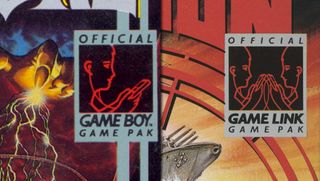
Those creepy drawings on the box
Oh, you want to buy a Nintendo game? Cool! Do you want the one that features two clones sitting an inch away from each other, or one creepy red creature wearing iPod headphones some 10 years before Apple released them? It's weird in a fun way, and though it might've scared us at the time (SERIOUSLY, WHAT THE HELL), it's hella adorable, looking back.
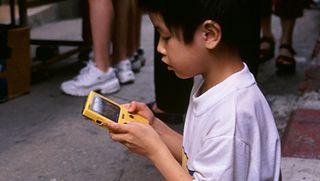
Handing it down to a sibling
When you got a Game Boy Color (or Pocket, or Light), you really didn't have much use for your old Game Boy. You could leave it in a drawer, of course, but a better solution was to spread the love and pass it on to a sibling. Maybe it was your younger brother, who always wanted to "borrow" your Game Boy to play Metroid 2--or one of your parents, whose Tetris addiction was insatiable. Either way, you passed the torch, and felt good doing it (likely because you had a better system to switch to).
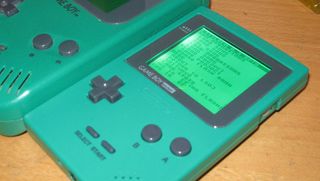
Appreciating how much better the Pocket was
OH MY GOD. You mean this thing plays all the same games and is like actually portable? The world was suddenly so much better when you could shove a miniature Game Boy in your pants and hit the town. Plus, it abandoned that ridiculous green tint for a grey color scheme--making games like Pokemon look that much more appealing.
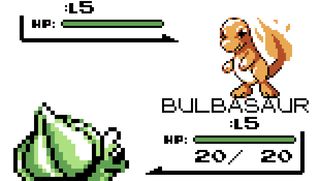
Rediscovering old games in color
In an age of HD remakes, it's easy to forget that gaming didn't use to be filled with reworkings and reimaginings of the same small handful of games. That game you played? It's the one you got, and you had no reason to think it'd ever look better. And then the Game Boy Color released, and revitalized your old games in a new light. It was remarkable. What's next? Plugging these into a console and having them be in 3D? Well, no--but at the time, even turning grayscale graphics to color seemed like an impossibility.
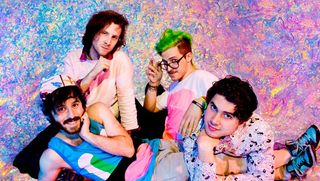
The music and its connection to chiptunes
Enjoy the sound of chiptunes, a.k.a. electronica and rock set to the beat of retro game music? If you havent, start listening to Anamanaguchi and Horse the Band right now. Those great tunes wouldnt be possible without repurposed Game Boys. Nintendos blocky handheld is just as integral as the drummer or bassist in those bands. Sure, you could program your laptop to make that noise, but wheres the fun in that? If you want to start writing your own chiptunes tracks, heres a handy guide to doing it with your own GB.
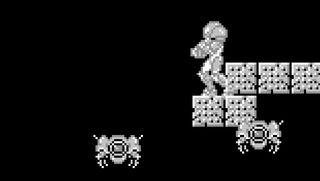
Continuations of your favorite NES series
Back in the early '90s, we didn't know that every successful game would have a sequel, so it felt special when games like Final Fantasy Adventure, Metroid 2, and Link's Awakening hit the handheld. It made the Game Boy feel like an extension of the NES, rather than a separate entity entirely.
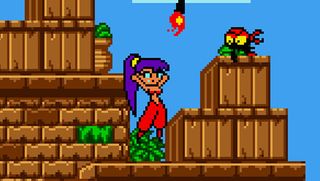
Franchises that premiered on Game Boy
Not every major Game Boy release was a continuation of a console game--some franchises got their start on the handheld. From Wario Land to Shantae, a number of beloved series first found their footing on Nintendo's portable console. And one you probably have some familiarity with is...
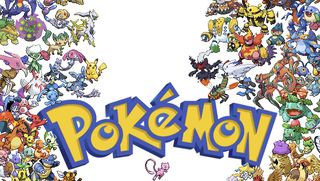
It introduced the world to Pokemon
Remember when people thought Pokemon was a "fad" or a "phase?" Now, nearly two decades later, the franchise is stronger than ever. But it would've been nothing if it didn't leave a stellar first impression. And Pokemon Red/Blue did just that--launching in 1998 alongside the anime, Pokemon was the perfect handheld game--and one of the better JRPGs ever made. It was casual enough to hook anyone, but complex enough that millions of people are still playing it today.
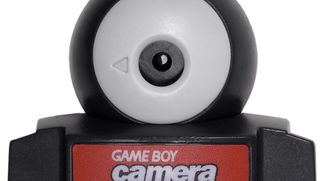
Nintendo took risks with tech
Nintendo is often regarded as a conservative company, but it actually got pretty experimental with the Game Boy. Nintendo sold camera and printer add-ons that encouraged players to create and share their own art. That was alongside early console integration with the Super Game Boy and N64 Transfer Pak, a clear precursor to todays tablet integration. And the link cables might've been unwieldy, but they allowed for handhelds to connect with one another long before mobile games came around. You could even get a Link Cable Adapter to allow for four-player action. Even if most of the concepts were underused, you have to love Nintendos diverse strategy for the handheld.

It outlasted the competition
The Game Boy launched in 1989 and wasn't replaced until 2001. What else happened in that time? So, so much. The NES was replaced with the SNES, which itself was succeeded by the N64. Few dared actually compete with the Game Boy, but those that did (Atari Lynx, Game Gear, Wonderswan, Neo Geo Pocket Color) couldn't make a dent in the Game Boy's dominance. Truly, this Boy was a king.
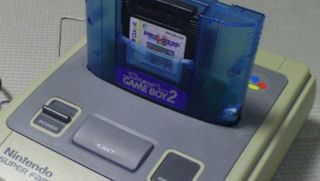
Playing it on the TV
Playing on the go could get tiring--sometimes, I just wanted to sit on the couch and play games. But I also wanted to play Pokemon. What could I do? Well, thanks to the Super Game Boy, I could do both. Being able to plug a Game Boy game into a system (and run it through my TV) was awe-inspiring, for some reason, even if it meant playing lower-res games on a bigger TV.
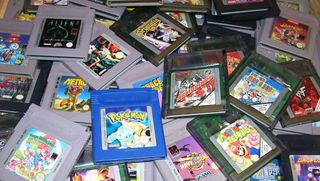
How available its best games are
Tetris is one of the best games on the Game Boy, and Nintendo just gave it away. There were copies everywhere; you likely had two or three, for no good reason. Nintendo made sure to get the best games out there, in the hands of the public. Unlike the NES and SNES, which had many of its biggest games facing shortages, the Game Boy's best games were easy to find, and produced in great quantities.
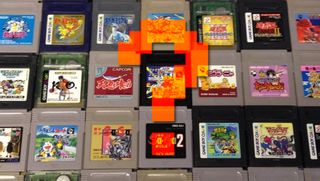
Gaming on the go
Those are our fondest memories of Nintendo's Game Boy legacy. And in 25 years, we'll talk about even more reasons we love it! Like... how we need to feed them to our pet robots. Man, 2039 is weird. If you thought of any more nostalgic moments, share them with us in the comments below!
And if you're looking for more Game Boy goodness, check out 25 years of Game Boy redesigns and Best Game Boy games of all time.

Hollander Cooper was the Lead Features Editor of 12DOVE between 2011 and 2014. After that lengthy stint managing GR's editorial calendar he moved behind the curtain and into the video game industry itself, working as social media manager for EA and as a communications lead at Riot Games. Hollander is currently stationed at Apple as an organic social lead for the App Store and Apple Arcade.
